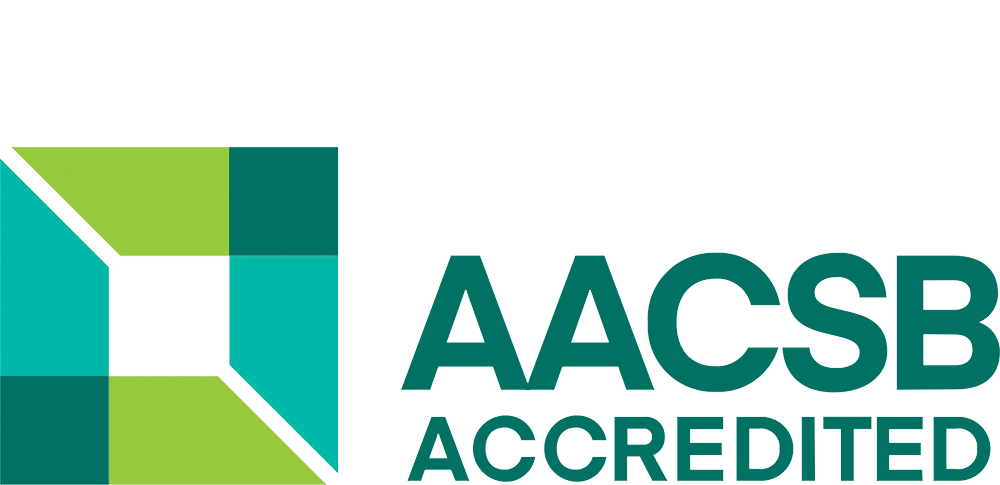
10 Jul 2025
What to do after a master's in finance
The master's degree in finance, at Bac+5 level, opens many doors to students wishing to develop their careers in the financial sector.
Read the article


18 Feb 2021

Domaines professionnels
RSE
August 22, 2020 marks the Global Overshoot Day: on this date, humanity has spent all the resources that the Earth can generate in one year. From that day on, we will have felled more trees, caught more fish and cultivated more land than nature can provide us with in a year. We will also have produced more greenhouse gases than our forests and oceans can absorb. In the face of the climate emergency, it is necessary to review our consumption and production patterns and adopt more environmentally friendly behaviour, as our economic growth is unsustainable for the planet. Can we use resources reasonably without curbing economic growth? It is entirely possible: green growth makes it possible to implement economic development that is sustainable in the long term while remaining within a sustainable development approach. What actions can be taken to promote green growth? Are there training courses available to adopt a sustainable business model? We tell you everything in this new article.
Achieving green growth means promoting economic growth and development while taking care not to alter the natural capital - the resources on which our future depends. Green growth aims to respect biodiversity, natural resources and working conditions. The green economy also means limiting greenhouse gas emissions by removing fossil fuels from our consumption.
According to the OECD, implementing a green growth strategy allows for the continuation of our society's economic model of capitalism and sustainable growth, taking into account a rational use of resources. In order to adopt a strategy for sustainable economic development, structural reform of business activities, both in decision-making and operational processes, is necessary. Of course, these changes must be gradual: they are part of an ecological transition process.
Green growth is a sensitive subject, at the heart of many ecological, political and economic debates. Greenwashing, for example, is a dubious practice: many national and multinational companies brand green growth only to restore or maintain their brand image, without taking any real action for the environment.
Some do not believe in green growth, particularly in view of exponential population growth, and prefer growth reduction strategies aimed at maintaining GDP growth below 1% per year, given that resources are not infinite. Scientists, on the other hand, argue that growth is possible even without resources and decouple resource consumption from growth, making green growth possible.
You have understood that green growth places ecology and sustainable development as new growth drivers. Thanks to an increase in the efficiency of our economic system, we could, according to this theory, reduce our consumption of raw materials while continuing our economic growth.
Being part of a green growth approach is becoming a necessity for companies and meets a number of challenges:
Training in sustainable development is therefore essential for companies. Training in ecological transition enables them to have a global vision and to be able to implement actions in favour of sustainable development within their company. This training concerns all citizens, whatever their profession and position: the climate emergency can no longer be ignored and implies changing our energy and raw material consumption habits.
Training in ecological transition
You have understood it: green growth makes it possible to maintain economic growth in the world, within companies, while taking into account global warming and environmental constraints. It allows for the protection of the environment while maintaining our energy performance and our economy: it is the transition towards a more climate and ecologically sound economy and management of resources.

10 Jul 2025
The master's degree in finance, at Bac+5 level, opens many doors to students wishing to develop their careers in the financial sector.
Read the article

06 Oct 2022
Faced with huge amounts of data, companies are increasingly turning to data scientists to analyse them.
Read the article

23 Mar 2020
You want to study business. You've heard of business schools and IAEs. But you're a little confused: what are the differences between an IAE and a business school? What opportunities are there? What do they have in common? We'll tell you everything in this article.
Read the article
Application
Contact